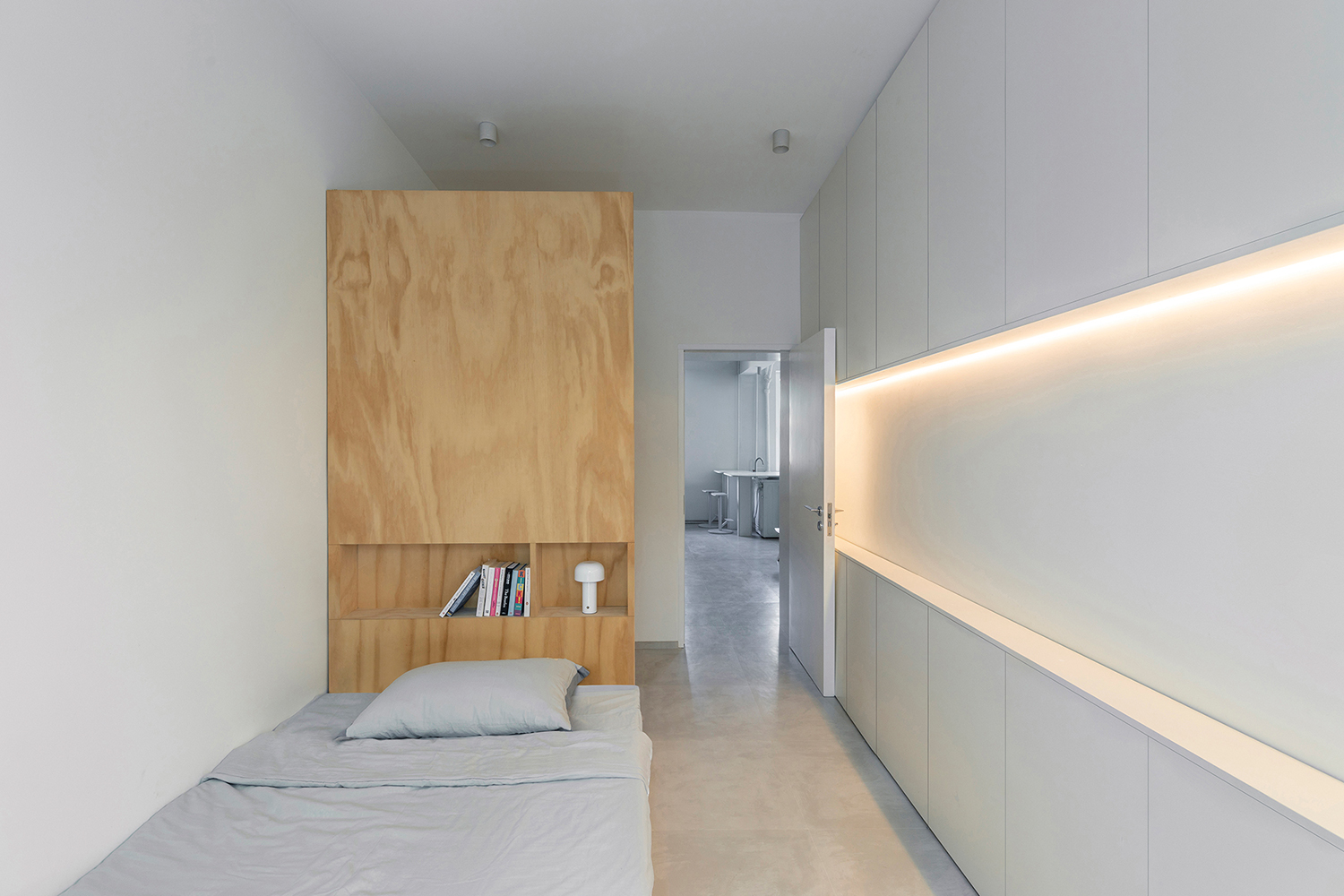ROOI Design and Research firm has recently transformed a space initially designed to be a family dormitory for a research institution, into a 50-sqm apartment in Beijing, China. The architectural style of the post-war building is a typical brick-concrete structure that was built in the 1950s and witnessed history.

The project’s core was to find a way to adjust the old shared residence into modern city life and retain its previous structure while recovering the degraded green areas. The design team has created a pattern with a bedroom, a living room, a dining room, and a toilet to make the apartment more private, functional, and livable. So they decided to experiment with creative ideas and chose to renovate one household within the building since the cost of tearing down old buildings is excessive.

The architect believed that diversification and personalization are the future for small apartments in the city. Otherwise, everything will exist in a neutral and lifeless form. Therefore, he first got rid of all unnecessary elements, demolished the old wall in the middle, broke the old grid pattern, and designed an apartment that can achieve different functions in a relatively open space. He created an area intended for receiving guests, working from home, reading, or even practicing an indoor sport activity, which can be truly useful during these pandemic times.

The north-oriented wooden room is both a reception tea room and a temporary guest room. It contrasts with the dominant white tone and adds warmth to the house. Above the wooden enclosure, we can find a large storage facility for outdoor sports equipment and other bulky stuff. This project is a small corner of the vast Chinese interior renovation industry. In fact, most apartments and residential interior decoration in China have more freedom than Western countries; with this in mind, The ROOI Design and Research firm proved that Chinese homes can be as diverse as possible.













